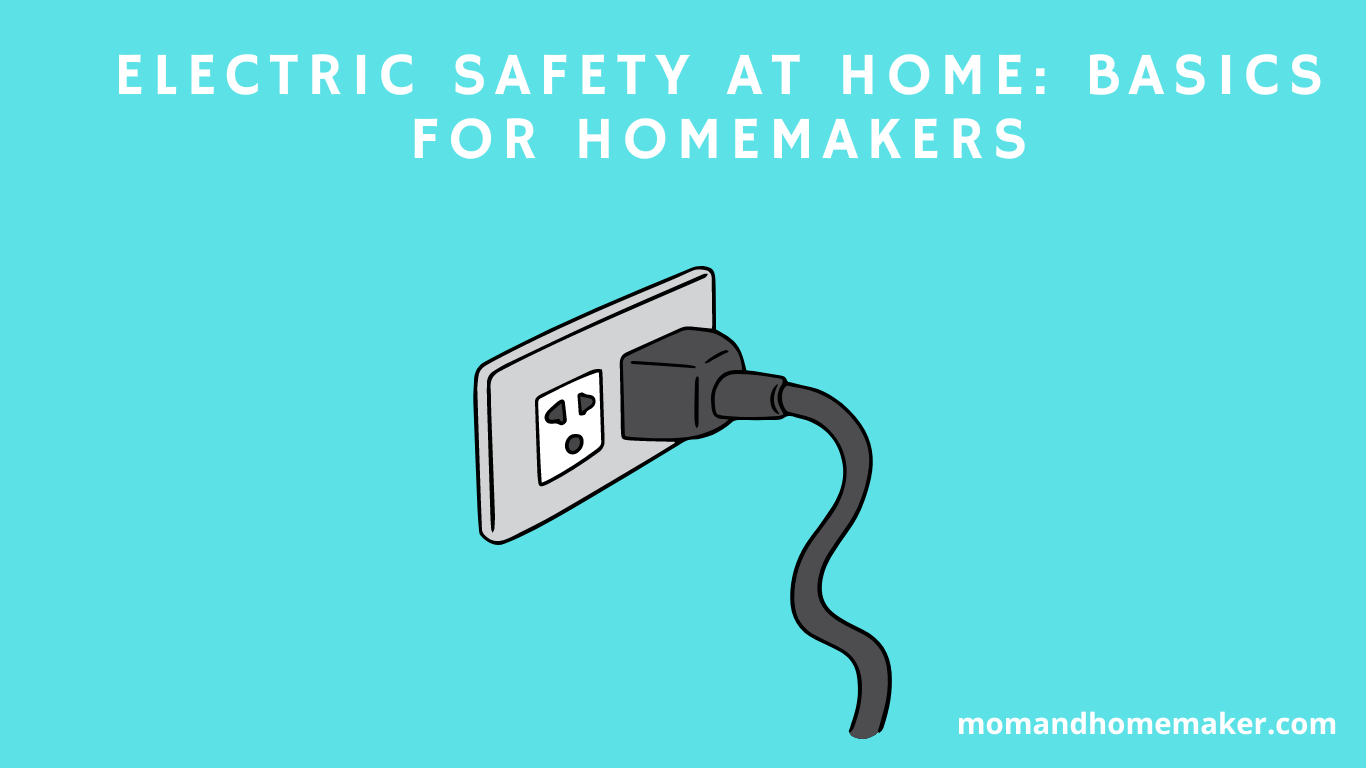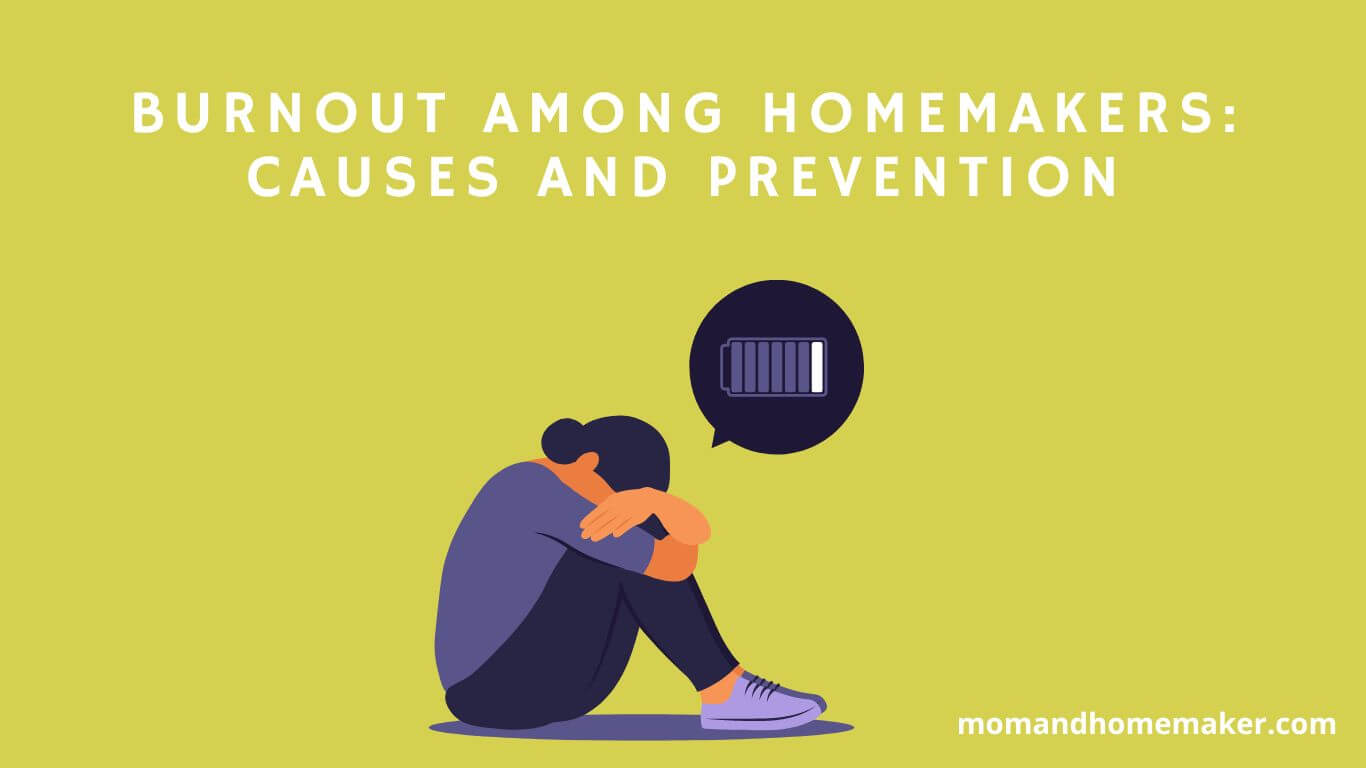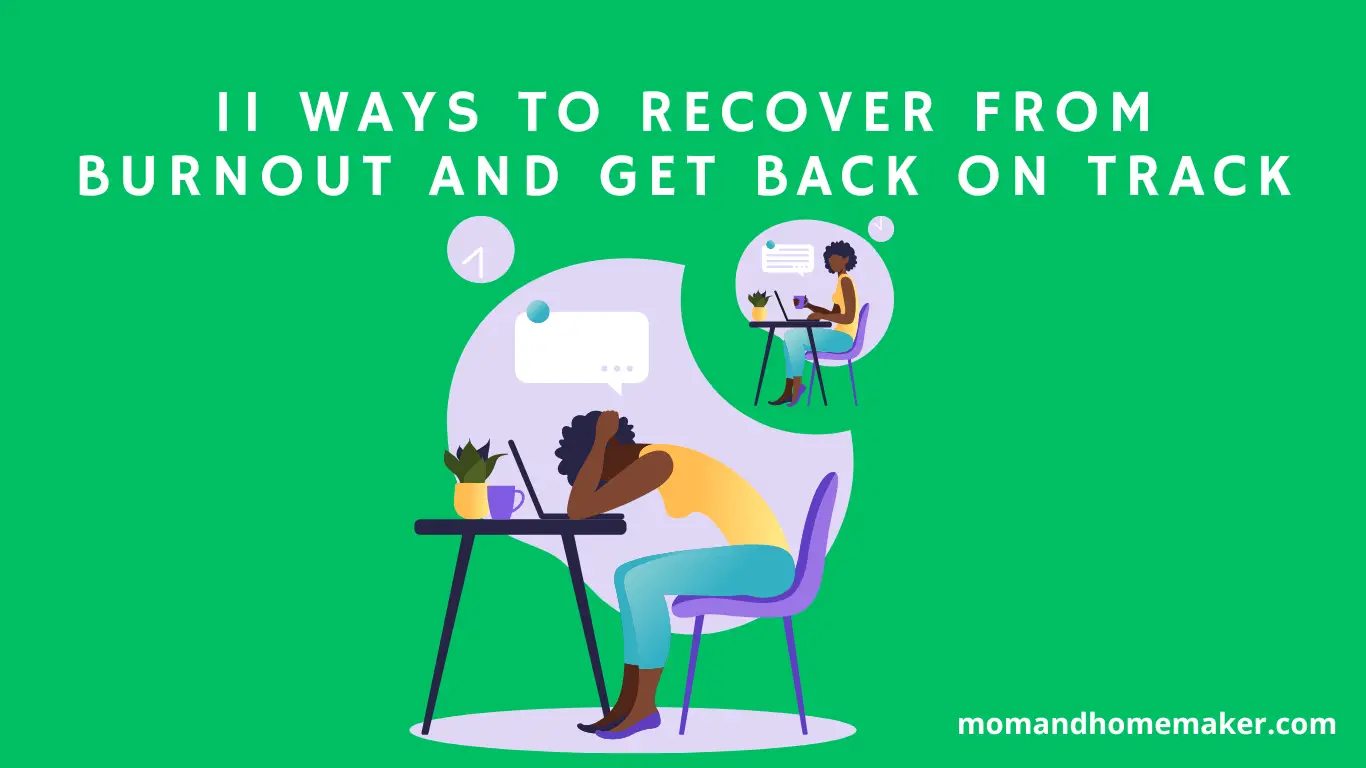Electricity is an essential part of our lives, powering everything from our appliances to our devices.
However, it comes with its own set of hazards, making electrical safety at home a crucial aspect to consider. Many people are unaware of the potential dangers associated with electricity and the steps they can take to mitigate them.
If you’re looking to ensure your family and your home are safe from electrical risks, then this Electric Safety at Home 101 blog post is for you. We’ll cover the basics of electrical safety, including tips on identifying potential hazards and best practices for handling electricity safely in your home.
Whether you’re a homeowner, renter or simply looking to learn more about electric safety, we’ve got you covered. Read on to discover everything you need to know about electric safety at home.
1. Safe Electrical Wiring Arrangements in Your Home
One of the most important aspects of electric safety at home is making sure that your electrical wiring is safe and up-to-code. You should always make sure that any new electrical work is completed by a qualified electrician. It is also important to avoid overloading your electrical circuits by using too many appliances or electronics at once.
If you notice any flickering lights or a buzzing sound in your electrical outlets, it may be a sign of wiring issues and you should contact an electrician immediately.
One of the biggest dangers of electrical wiring is electricity coming into contact with water. This can happen when water leaks or spills onto electrical wires, or when rainwater penetrates the wires and enters your home.
If you notice any water damage in your home, immediately shut off all power to the area and call an electrician. Electrical damage caused by water can be costly to repair, so it’s crucial to take action as soon as possible.
Additionally, it is important to inspect your electrical cords and plugs regularly for signs of damage and to replace them if necessary. By taking these simple precautions, you can provide a safe environment for you and your family in your home.
2. Electrical Safety Precautions for Children
As a parent, keeping your home safe for your little ones is of utmost importance. That’s why it’s essential to develop a comprehensive understanding of electrical safety precautions, especially for children.
To start with, make sure you keep electrical cords unplugged and stored safely, out of reach from curious hands. Also, secure any unused wall outlets with plastic inserts that cannot be easily removed, preventing tiny fingers from poking in.
Ensure that all metal objects such as cutlery are kept far away from toasters, and never hang chargers near your child’s sleeping area, where they could accidentally pull on them.
Lastly, keep an eye on your kids around electrical sources and teach them basic safety rules like never sticking sharp objects or fingers into electrical outlets, even if they’re turned off. By following these simple precautions, you can promote a safe and hazard-free environment for your little ones to play and grow in.
3. Five Prominent Rules for Using Electrical Devices
Electric safety at Home is something we can’t afford to overlook. Whether you’re a first-time homeowner or an experienced renter, it’s essential to understand the basics when it comes to using electrical devices in your home.
If you’re not careful, you could put yourself, your family, and your property at risk. To help you stay safe, here are five prominent rules for using electrical devices:
1. Ensure that all electrical devices are properly grounded or double insulated.
Ensuring that all electrical devices are properly grounded or double insulated is a critical rule for using electrical devices safely. Grounding helps to ensure that any electrical current that is not used by the device is directed away from the user and into the ground.
This helps to prevent electric shocks, fires, and other safety issues. Double insulation is another important safety measure that helps to protect users from electric shocks.
This involves surrounding the device with insulation that is designed to contain electric current so that it does not escape and injure the user. By following this rule, users can help to ensure that their devices are safe to use.
2. Follow the manufacturer’s instructions for the proper use and maintenance of electrical devices.
Following the manufacturer’s instructions for the proper use and maintenance of electrical devices is an essential rule for using electrical devices safely. This includes reading the user manual, paying attention to any warning labels, and using the device according to its specifications.
Additionally, it is important to check for any damage or wear on the device before using it and to replace any faulty or worn parts. Proper maintenance and regular inspections should be carried out in order to ensure the safe and effective use of the device.
Finally, all electrical devices should be disconnected from the power source when not in use and stored in a safe, dry place. Following these instructions is key to avoiding any potential hazards and ensuring the safe and proper use of an electrical device.
3. Use only the appropriate power cords and plugs for each device.
Using only the appropriate power cords and plugs for each device is an important safety rule because using the wrong cords and plugs can create a dangerous situation. The use of incompatible cords and plugs can cause damage to the device, overheat the cord, and even create a fire hazard. By using the correct cords and plugs for each device, you can help ensure that the device is functioning safely and efficiently.
4. Do not overload outlets or circuits with too many devices at once.
Overloading outlets or circuits with too many devices at once can cause a short circuit or fire, which can be extremely dangerous. In order to prevent this, it is important to follow the rule of not overloading outlets or circuits with too many devices at once.
This means that you should not plug too many devices into a single outlet or circuit, as this can cause the outlet or circuit to become overwhelmed and fail, resulting in potential danger. To ensure safety, make sure to spread a load of devices across multiple outlets or circuits.
For example, we should never overload power points, and always ensure that there is space around our devices for proper ventilation. We should also avoid using frayed or damaged cords and plugs, and never leave electrical appliances turned on when leaving the house.
5. Never touch an electrical device with wet hands or while standing in water.
Never touching an electrical device with wet hands or while standing in water is a very important rule to follow when using electrical devices. This is because water and electricity do not mix and an electric shock can occur if the two are combined. Wearing rubber gloves can provide some protection if you need to touch a wet electrical device.
Additionally, it is essential to make sure the floor and area around the device is dry to avoid any potential shock, and always make sure to inspect our devices regularly for any signs of damage or abnormal wear and tear. Avoid using electrical appliances near sinks or bathtubs to avoid the risk of electric shock. Following this rule is important for the safety of yourself and those around you.
Following these five rules will help keep you and your family safe from potential electrical accidents. Always remember that electrical safety is paramount when it comes to keeping your home safe and secure
4. Danger of Electrical Devices Near Water Sources
As I discussed earlier, electrical safety is critically important in our homes. And one particular aspect that we must not overlook is the danger of electrical devices near water sources.
Water is a good conductor of electricity, and if electrical devices come into contact with water, it could lead to fatal accidents. We must always ensure that all electrical appliances and devices are kept away from water sources, such as bathtubs, sinks, and even swimming pools.
It’s also essential to keep your hands dry before handling any electrical device or appliance. Even a simple switch or outlet can be dangerous when wet.
So, let’s be mindful of this potential danger and take the necessary precautions to ensure our safety and that of our loved ones.
5. Choosing Safe Home Locations with Proper Ventilation and Lighting
When choosing a safe home location for electric safety, it is important to ensure that the room has proper ventilation and lighting. Adequate ventilation helps to reduce the risk of electric shock and fire, as it allows for the proper exchange of air, which in turn helps to reduce the amount of heat generated by electrical equipment. Proper lighting can help to reduce the risk of electric shock, as it allows you to see the equipment that you are using and ensure proper connections.
Both proper ventilation and lighting can help to make your home a safe environment for electric safety. When choosing a safe home location, I always make sure to take these factors into account and prioritize properties with ample natural light sources and proper ventilation systems. At the end of the day, creating a safe and secure home environment is all about taking a comprehensive approach and being mindful of even the smallest details.
6. Importance of Proper Power Supply Matching
As someone who has worked with electricity for many years, I cannot stress enough the importance of proper power supply matching. In order to ensure the safety and efficiency of your electrical devices, it’s essential that the voltage and wattage of your power supply match that of the device you’re using.
If you use a power supply with too low of a voltage or wattage, it can cause your device to underperform or even become damaged.
Similarly, using a power supply with too high of a voltage or wattage can result in dangerous electrical surges and even electrocution.
So, before you plug in any electrical device, make sure you double-check its power requirements and ensure that you have the proper power supply to match. Trust me, taking this simple precaution can save you a lot of hassle and potential danger in the long run.
7. Understanding the Carrying Capacity of Electrical Devices
Understanding the carrying capacity of electrical devices is crucial for ensuring safe usage and prolonging the life of your appliances. As we’ve already discussed, it is important to match the power supply with your electrical devices to prevent overloading and possible electrical fires.
Additionally, it is important to note that power cords have a specific current-carrying capacity that should not be exceeded. Do not carry or lift up electrical equipment by the power cord as this can cause damage and compromise the device’s safety.
Always refer to the device’s manual or consult with a professional electrician if you have any doubts about its maximum capacity. Remember, following the proper guidelines can go a long way in avoiding electrical accidents and keeping your home a safe space for you and your loved ones.
8. Communication During Electrical Fires
Communication during electrical fires is a critical aspect of keeping yourself and your loved ones safe. In the event of an electrical fire, knowing what to do and how to communicate with others can make all the difference.
It is essential to have a plan in place with all members of your household in case of an emergency. One communication tool that can be helpful is using pre-designated codes or signals to indicate danger or safe routes to exit the home.
Another important aspect is to keep a phone nearby to call emergency services and stay as calm as possible while doing so. Remember, in the event of an electrical fire, every second counts, so ensure that everyone is aware of the plan and knows how to communicate with each other. Stay safe.
9. Understanding Electrical Principles, Terminology, and Risks
As I continue to explore the basics of electrical safety at home, I now want to touch on the importance of understanding electrical principles, terminology, and risks. We often take electricity for granted and assume that it will always work when we need it to.
However, the truth is that not understanding the fundamentals of electrical systems can lead to dangerous situations. By educating ourselves on topics such as voltage, amperage, resistance, and power, we can better understand the potential hazards and risks associated with different electrical equipment and devices.
Additionally, familiarizing ourselves with common electrical terminology can help ensure that we are communicating effectively with professionals when seeking help or maintenance. Remember, electrical safety is all about prevention, and the more we know and understand, the better equipped we are to avoid accidents and protect ourselves and our homes.
10. The importance of regular electrical inspections and maintenance
As someone with years of experience in the electrical field, I can’t stress enough the importance of regular electrical inspections and maintenance. It’s not enough to just follow safety rules and guidelines when using electrical devices and appliances at home.
Regular check-ups can help identify potential hazards and prevent them from turning into serious issues. This is especially important when it comes to older homes or buildings that may have faulty wiring, outdated electrical systems, or frayed cables that can pose a significant risk.
Regular inspections should be carried out by licensed electricians who can identify any potential problems and perform the necessary upgrades or repairs to ensure your electrical installation is up-to-date and safe to use.
Remember, keeping your electrical system in good shape is not only essential for your own safety but also for the safety of your loved ones and your home. So do not delay, make regular electrical inspections and maintenance a priority today.
11. Emergency response and first aid measures
When it comes to electrical safety, being prepared for emergencies is crucial. That’s why understanding emergency response and first aid measures is so important. In the event of an electrical shock or fire, the first thing to do is call 911 or your local emergency number.
If you have first aid or CPR training, administer it to the victim. But prevention is key, too. That’s why it’s important to have safe electrical wiring arrangements in your home and to follow prominent rules for using electrical devices. Make sure your home’s power supply is properly matched and that you understand the carrying capacity of your electrical devices.
And don’t forget to have a family emergency plan in place, so everyone knows how to respond in an emergency. By following these best practices for emergency response and first aid, you can stay safe and be prepared for anything.
12. Electrical safety tips for everyday use
Now that we know the basics of electrical safety, let’s dive into some tips for everyday use. First and foremost, be sure to inspect all electrical devices and wiring for damage before use. Look out for cracks or frayed wires, and avoid using any devices with exposed insulation. Additionally, avoid overloading power sockets or using extension cords with a large number of devices. Another important rule is to never touch any electrical source with wet hands.
It’s also crucial to understand the carrying capacity of electrical devices and to match power supplies properly. When it comes to choosing safe home locations, proper ventilation and lighting are key. And if you have children in the home, be sure to take extra precautions to keep them safe around electrical devices.
In case of emergencies, communication is key. Make sure everyone in your household knows what to do in the event of an electrical fire, and have a plan in place for first aid measures. And don’t forget the importance of regular electrical inspections and maintenance to keep your home safe.
By following these everyday electrical safety tips and best practices, you can help prevent common hazards and keep yourself and your loved ones safe. Remember, when it comes to electricity, it’s always better to be safe than sorry.
13. Common electrical hazards and how to avoid them
As we explore the basics of electric safety at home, it is important to understand the common electrical hazards that we can encounter. Faulty wiring or overloaded circuits can cause electric shocks or fires, and poorly maintained appliances are also potential hazards.
Other electrical hazards include exposed wires, damaged cords, and ungrounded outlets. To avoid these hazards, it is important to inspect appliances regularly, limit the use of extension cords, and hire a professional electrician to handle electrical installations and repairs.
In the case of an electrical emergency, it is crucial to know where the circuit breaker or main shut-off is located and to avoid using water to put out an electrical fire. By being mindful of these common hazards and taking the necessary precautions, we can ensure a safe and secure home environment for ourselves and our loved ones.
14. Essential tools and equipment for electrical safety
When it comes to electrical safety, having the right tools and equipment can mean the difference between a safe home and a dangerous one. That’s why I want to talk about some essential tools and equipment that you should have on hand for electrical safety.
One of the most important is a circuit tester, which can detect the presence of electricity in wires and outlets. A voltage tester can also be helpful in detecting electrical currents.
It’s also important to have fire extinguishers on hand in case of electrical fires. Another useful tool is a surge protector, which can prevent damage to your electronic devices in the event of power surges.
As with any tool or equipment, it’s important to use them properly and follow safety guidelines to ensure your own safety and that of your home. By having these essential tools and equipment on hand, you can help keep your home safe and secure from electrical hazards.
Conclusion
In conclusion, electric safety at home is a serious matter for all homemakers. Taking the time to understand electrical safety and implementing the necessary precautions can drastically reduce the risk of injury or even death.
It’s important to remember that an ounce of prevention is worth a pound of cure when it comes to electricity, so be sure to stay vigilant and keep your family safe. Keep up with routine maintenance on all appliances and have a qualified electrician inspect any damaged wiring or faulty outlets.














